1. Vale do Pati is in the Chapada Diamantina National Park
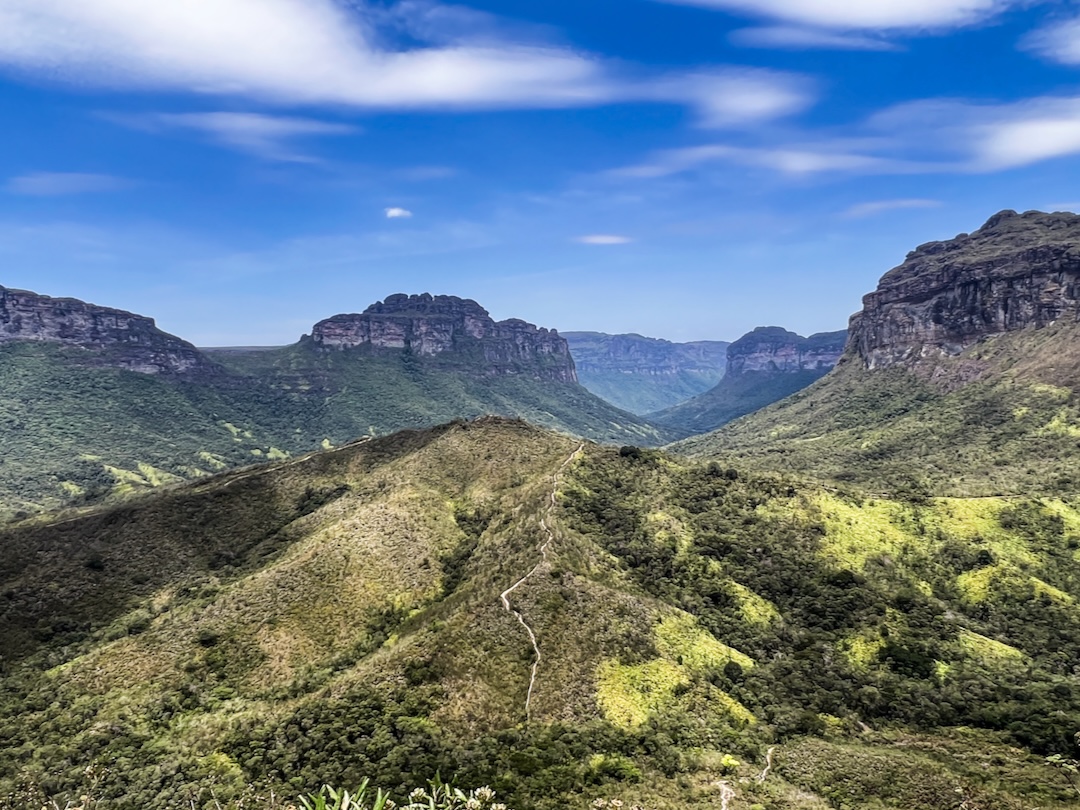
The Vale do Pati is found in the central region of the Chapada Diamantina National Park.
Chapada Diamantina National Park is one of Brazil’s most famous national parks. Formally founded in 1985, it attracts national and international visitors to explore its 375,600 acres of pristine nature. The park is managed by Brazil’s leading environmental agency – ICMBio.
Chapada Diamantina National Park is located in the Serra do Espinhaço. Serra is like the commonly used Spanish word Sierra meaning mountain range. The Serra do Espinhaço extends north and south from Bahia to Minas Gerais, Brazil.
The park contains three biomes – Atlantic Rainforest (Mata Atlantica), Savannah (Cerrado), and Caatinga. The last biome, Caatinga, is an Indigenous word from the Tupi-Guarani people meaning “White Forest.” It is a biome found exclusively in Brazil, covering 10% of the country.
About ICMBio
Instituto Chico Mendes de Conservação da Biodiversidade (ICMBio) or the Chico Mendes Institute for Biodiversity Conservation is charged with the administrative management of 334 specific areas of environmental conservation in Brazil.
It is named after Chico Mendes, who was an environmental activist known for his defense of the Amazon in Brazil. ICMBio aims to enhance park visitors’ knowledge and experience while protecting the integrity and biodiversity of the natural environments under its management.
Notable parks in Brazil under the jurisdiction of ICMBio include Iguazu Falls, Christ the Redeemer in Rio de Janeiro, and Fernando de Noronha Marine National Park.
2. There are 33 Waterfalls in Chapada Diamantina National Park – Vale do Pati Claims the 2nd tallest
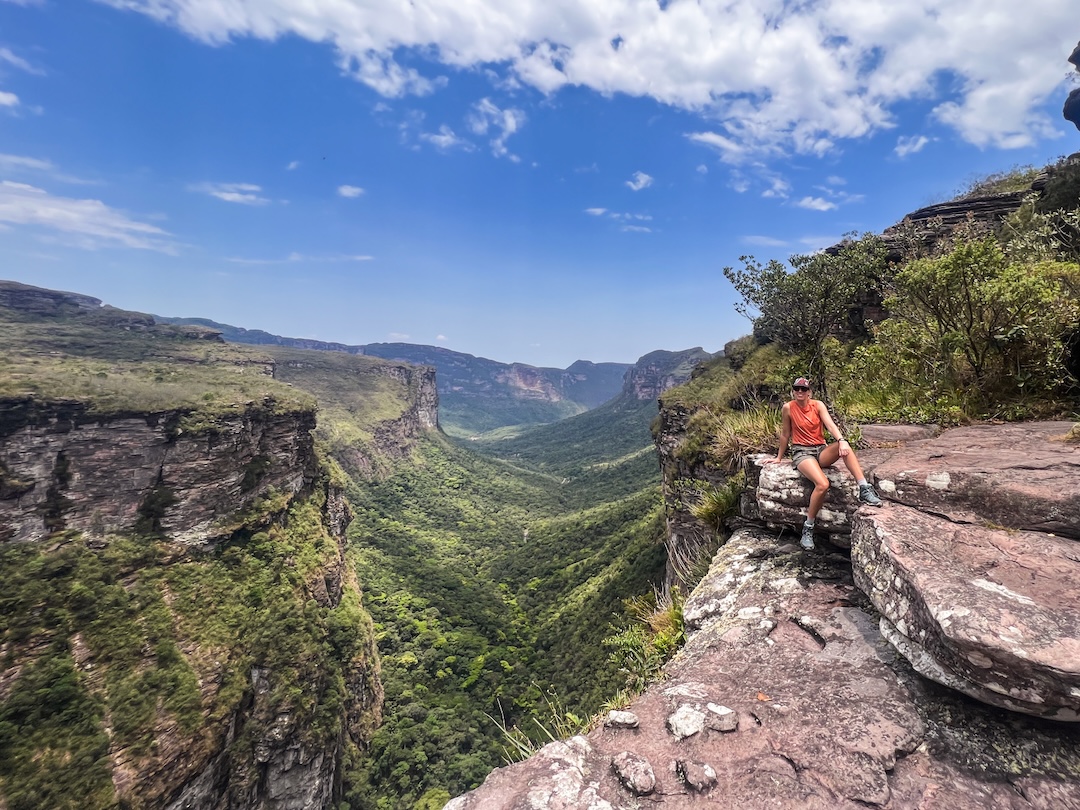
Top of (a very dry) Cachoeirão Waterfall
Waterfalls are one of the Vale do Pati and Chapada Diamantina’s main draws. There are 33 spread across the park.
The tallest is the Fumaça Waterfall soaring 1,280 ft (390m). The Vale do Pati claims the second-tallest waterfall. It is appropriately named Cachoerião meaning Big Waterfall in English. Cachoerião has a height of 918 ft (280m).
Unfortunately, the waterfalls in the Vale do Pati do not always have water barreling down. During the end of the dry season, waterfalls like Cachoerião can be bone dry.
Beyond hiking to waterfalls, popular activities in the park include rock climbing, mountain biking, and swimming in caves, natural pools, and rivers.
3. Six towns serve as portals to the Vale do Pati and Chapada Diamantina National Park
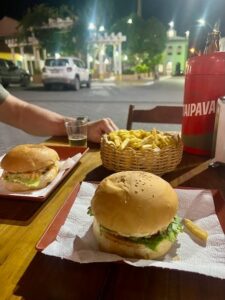
Post-trek burgers in Palmeiras

Cold beer in Palmeiras before the trek
Six towns border the Chapada Diamantina National Park. To begin the Vale do Pati trek, most hikers will spend a night in Palmeiras before entering the park through the tiny village of Guiné.
The city of Lençois is where many tourists base themselves when visiting Chapada Diamantina. It is the largest city bordering the park and, as a result, has the most robust tourism infrastructure.
Other municipalities bordering the park include – Andaraí, Ibicoara, Itaetê, and Mucugê.
The city of Mucugê is considered the most charming town just outside the park. It is famous for its annual São João festival which takes place in June and July.
ICMBio, the agency that administers the national park, reports that there are 38 trails connecting these towns to the park.
Unlike most national parks in the U.S. that welcome visitors through grand, Disney-like entrances strictly controlled by park officials, there are few monitored entrances to Chapada Diamantina. Interestingly, one of the entrances to the Vale do Pati trail is through a strawberry farm.
4. There is a wet season and a dry season in the Vale do Pati

Lajeado Waterfall
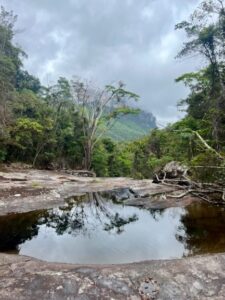
Semi-dry base of waterfall
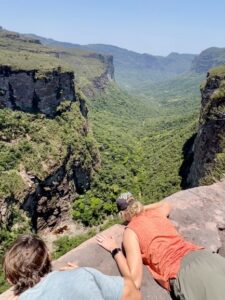
A waterless Cachoeirão Waterfall
While trekking in the Vale do Pati is a year-round activity, hikers will have different experiences depending on the time of year. Like many destinations in Brazil, the most important consideration when deciding what time of year is best is knowing when the wet and dry seasons occur.
In the Vale do Pati, the dry season is from May through October. During this time of year, hikers can expect clear skies and “cooler” weather.
The wet season is from November through April. Hikers need to be prepared for daily rain and cloudy skies but that only means the waterfalls and natural swimming pools will be fuller!
If seeing the park’s waterfalls in all their glory is important to your trek, then you will want to visit in the middle of the rainy season.
When it’s not dry, Cachoeirão Waterfall has 16-20 different falls.
5. Fires started by humans are a huge threat to the Vale do Pati
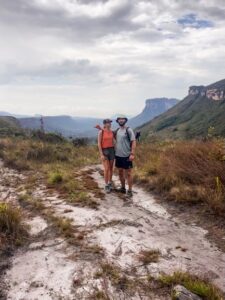
Smoke Filled Skies
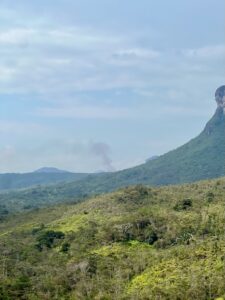
Fire in the Vale do Pati
One of the biggest threats to the Vale do Pati is fire.
Bonfires or campfires are illegal in Chapada Diamantina and the Vale do Pati. This rule applies especially to hikers camping on the trail away from the local families’ homes.
90% of the fires in Chapada Diamantina are started illegally by humans. The valley’s first defense against these fires is a volunteer fire brigade. They must rely on costly air support to monitor and prevent the fires from burning out of control.
6. A guide is not required but highly encouraged in the Vale do Pati
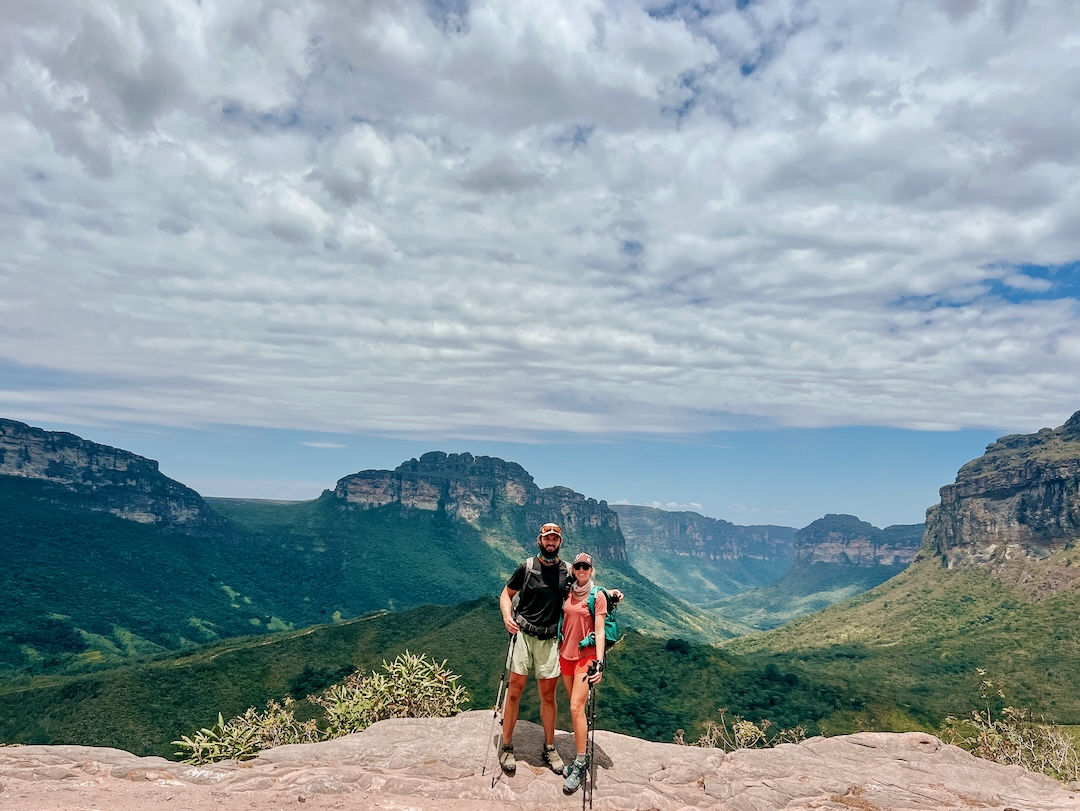
Rampa Viewpoint in Vale do Pati
It is not required to have a guide or to sleep in one of the natives’ houses while in the Vale do Pati. However, by doing so you are directly supporting the community that cares for and maintains the trails in the valley.
None of the trails within the valley are well-marked. If hiking without a guide, it is necessary to have a GPS or the ability to read a map.
With a guide, hikers learn much more about the valley’s plants, animals, and history. It is basically like having access to Google for any questions that arise during the trek. The guides also know all the best viewpoints and many are excellent photographers – more than happy to take your picture throughout the trek.
You will be spending all day, every day, on the trail with your guide. Trust your instincts when deciding on which agency best fits your specific wants and needs.
Agencies tend to offer trekking packages that range from 2 days to 1 week in the Vale do Pati.
Reputable guides include Chapada Trekking, PlanetaEXO, and Chapada Soul.
7. The Vale do Pati Trek is physically demanding
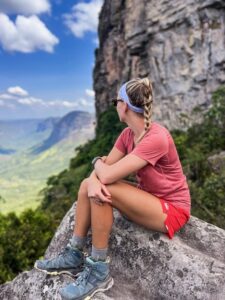
Views from Morro do Castelo

Morro do Castelo Views
Vale do Pati’s daily trekking distances are relatively short. During the 4-day trek, expect to hike around 27 miles or 6.75 miles per day. These mileage numbers are minimal compared to one of the most popular South American treks – Patagonia’s W Trek – which covers over 55 miles across 5 days.
Even though the mileage is very doable for the average hiker, the heat on the trail adds a layer of difficulty.
This region of Brazil is very hot and doesn’t benefit from a sea breeze. Daily highs often soar into the 90s in the Vale do Pati. Hydration and some acclimation to hiking in heat are important.
Effects from altitude gains are not a serious issue on the trek. Our biggest elevation gain was 1,600ft on Day 3.
However, there are a few very steep climbs. Notably, the hike to Morro do Castelo on Day 3 and the hike to the Rampa Viewpoint on Day 4. Morro do Castelo requires scrambling but no technical climbing is involved.
8. 11 Families (50 people) live in the Vale do Pati

Dinning area at Dona Raquel’s House
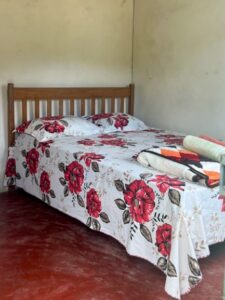
Bedroom at Igrejinha

Sunset at Igrejinha

Mr. Wilson’s Home
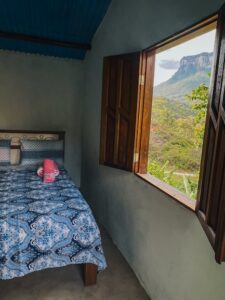
Room at Dona Raquel’s house
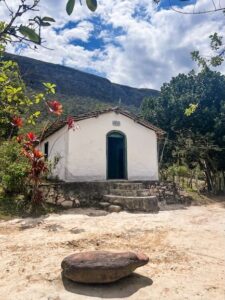
“Igrejinha” Native House
A unique aspect of the Vale do Pati is that about 50 people live in the valley full-time. These families have survived for generations in the valley, at first mining for diamonds and later working coffee farms.
At its peak population, 400 families called the valley home. Today, the 11 remaining families open their homes and properties for trekkers to take shelter, eat a hot meal, and enjoy a shower while on the trail.
Popular houses on the trail include Igrejinha, Senhor Wilsons, and Dona Raquel. Dona Raquel’s house is famous for its upstairs bar playing Forró music and serving cold beer at night.
Accommodations include beds (pillows and sheets), toilets and showers (hot showers at Igrejinha), hearty meals, snack bars to purchase dry goods, sodas, water, and beer, and lastly charming views of the valley.
The rooms are simple and do not have AC or fans.
9. Hikers can find nourishing meals in the Vale do Pati
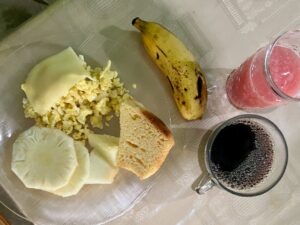
Breakfast at Dona Raquel’s

Dinner at Dona Raquel’s House
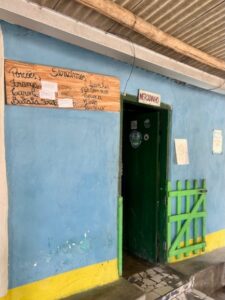
Market at Igrejinha
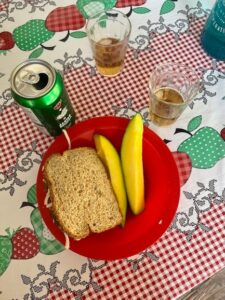
Lunch at Igrejinha
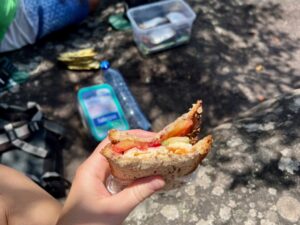
Lunch on the trail
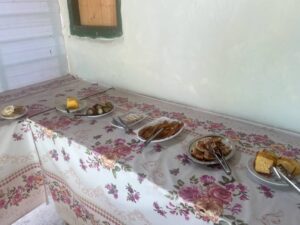
Breakfast at Igrejinha
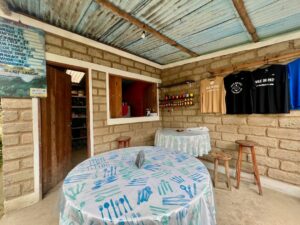
Snack bar at Dona Raquel’s
The meals at the local families’ houses are plentiful and served buffet style.
Breakfast at the houses usually includes fried or scrambled eggs, fruit, breakfast cake, tapioca, pão de queijo (cheesy bread), fresh bread, cold cuts of ham and cheese, fresh juice, and coffee.
Lunch is (typically) provided by the guide. The guides carry nonperishable food and prepare it for hikers. Sometimes lunch is served at a viewpoint off the trail or the families’ houses. An example of lunch on the trail is canned chicken or tuna salad, cheese, sliced bread for sandwiches, fruit like apples, pineapple, or mango, and cookies for dessert.
Dinners include the Brazilian diet staples of beans and rice, a protein like roasted beef or baked chicken, different types of vegetables including squash, potatoes, and eggplant, fruit, and always a dessert.
Some of the houses provide an afternoon snack of coffee and cake.
All food that can’t be grown locally must be hiked in on foot or by mule into the valley. This includes pallets of beer, sodas, and bottled water.
10. There is no cell reception or wifi (for hikers) in the Vale do Pati
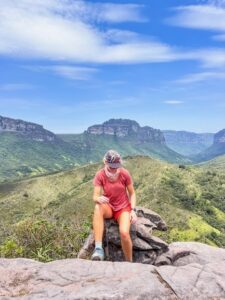
Rampa Viewpoint
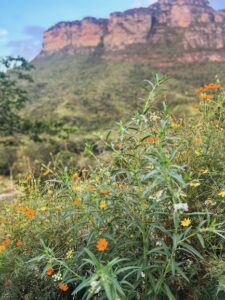
Views at Dona Raquel’s Home
Prepare to disconnect once you enter the Vale do Pati. There is zero cell reception on the trails. Wifi is only provided to the guides and family members who live in the valley.
More places in Brazil to love

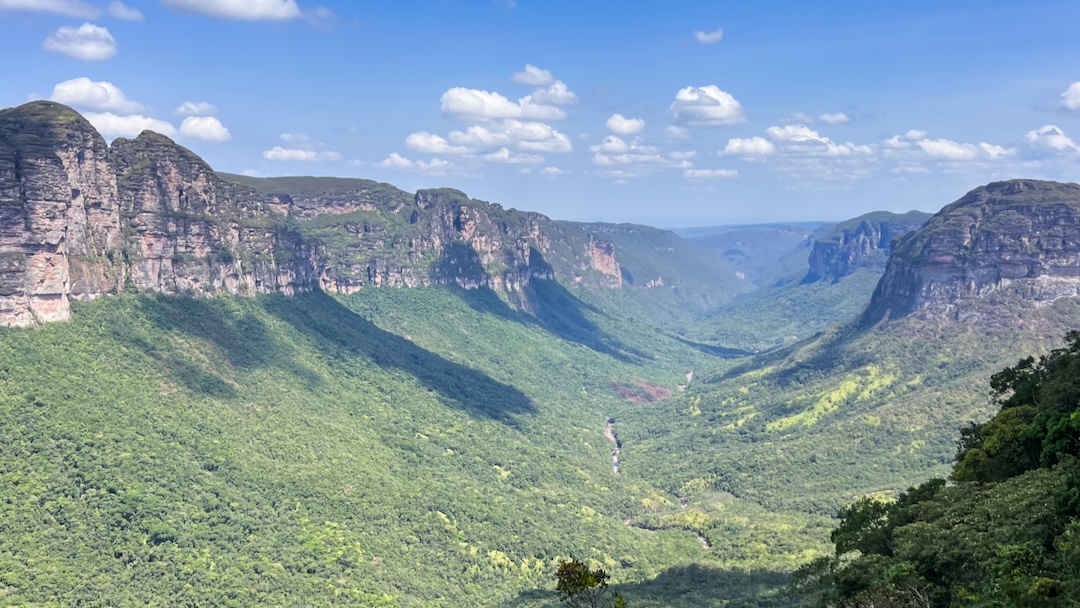
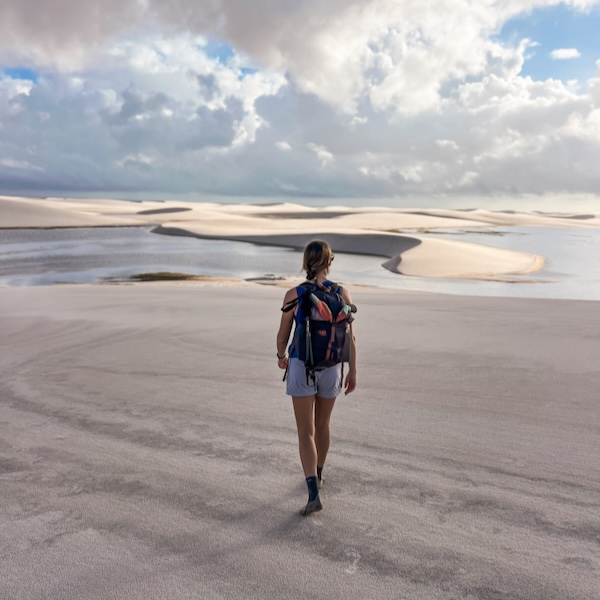
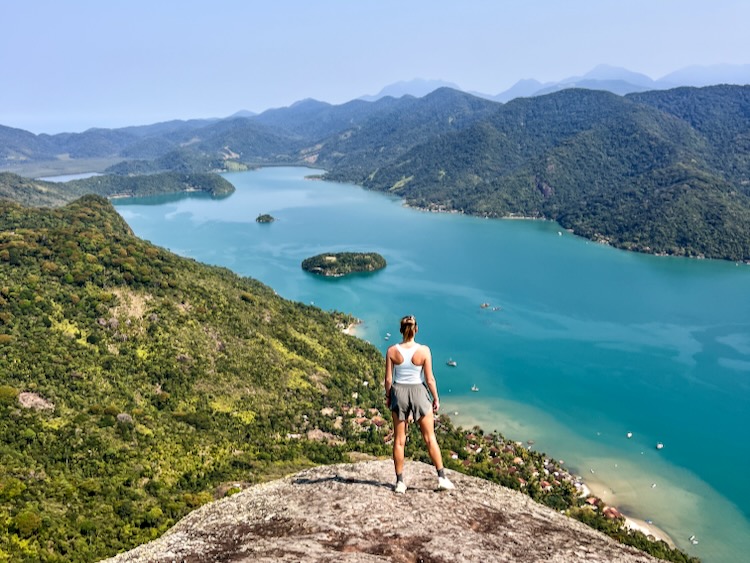
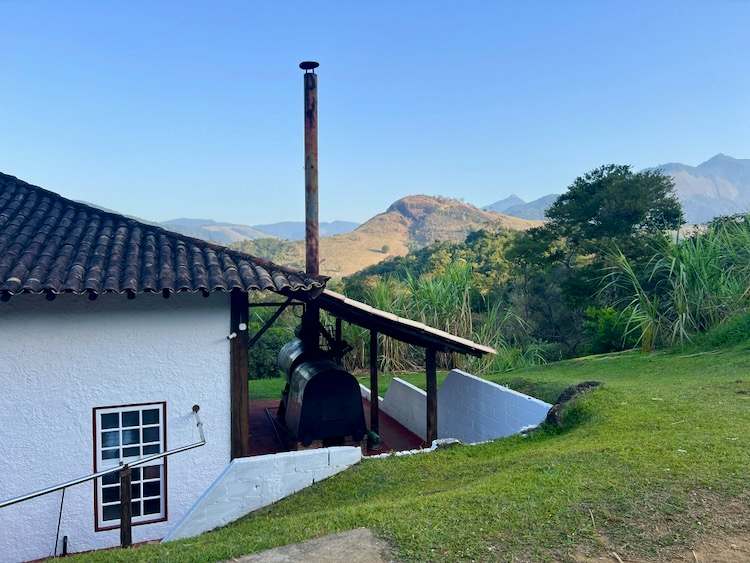
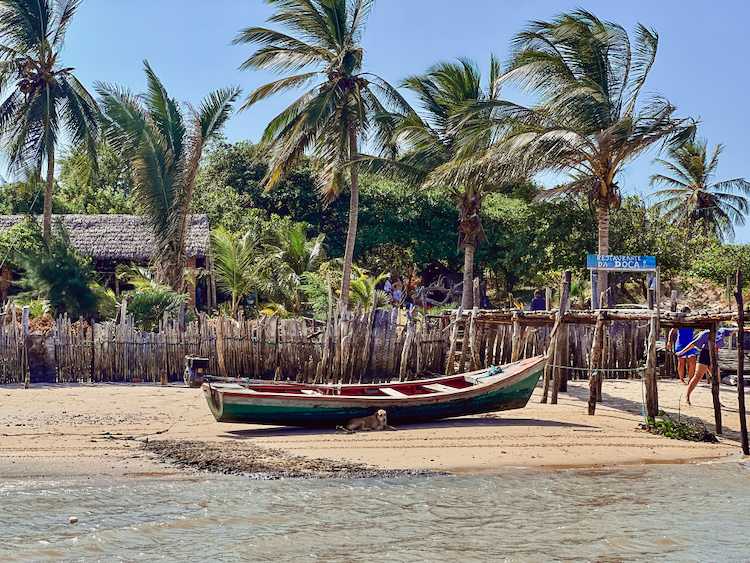
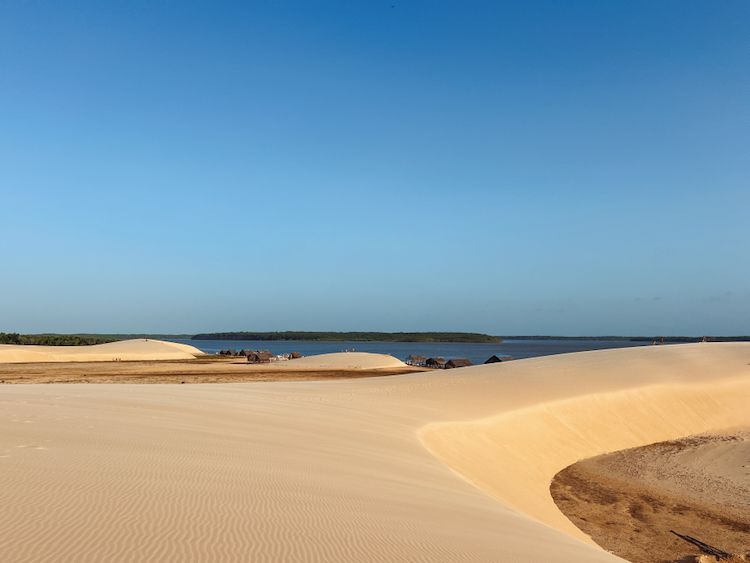
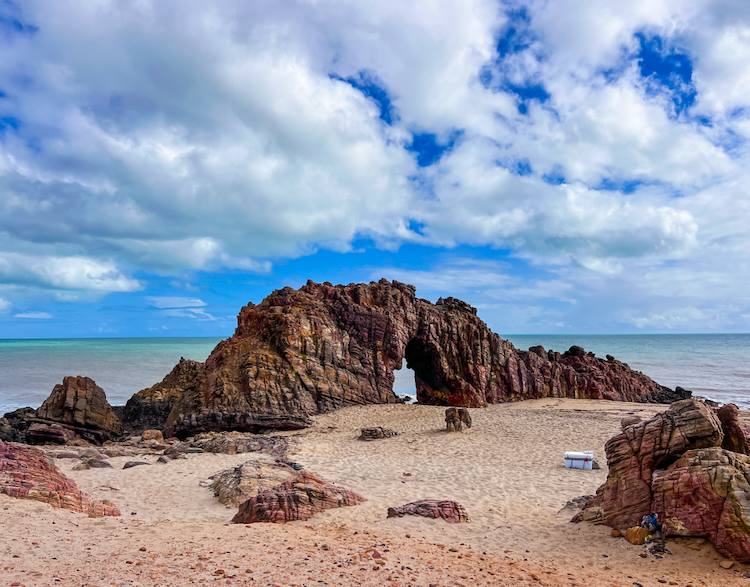

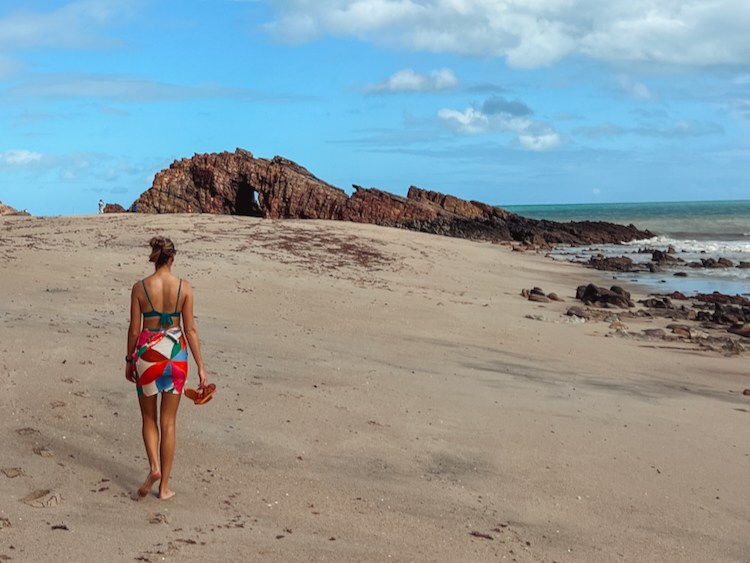
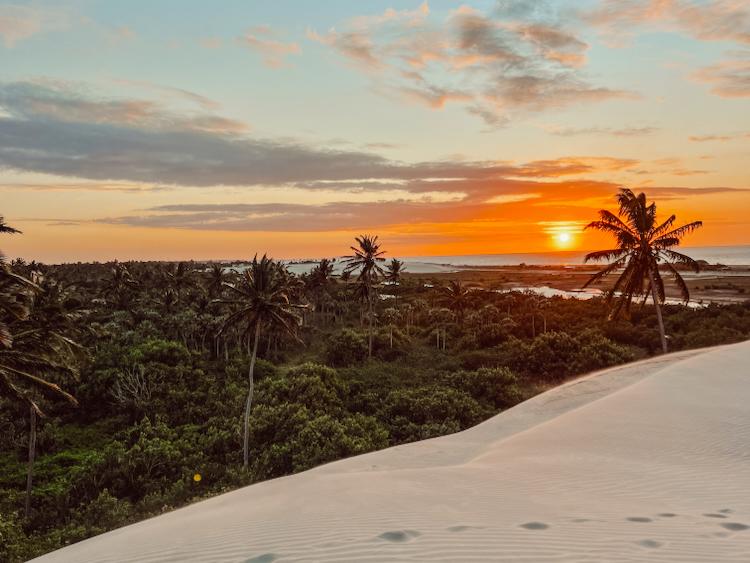
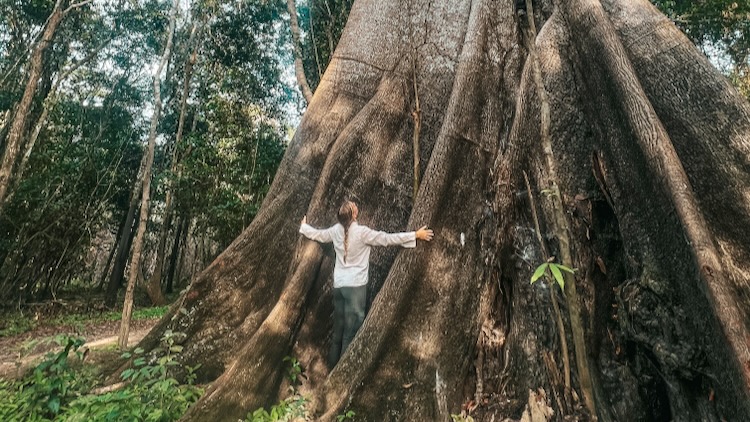
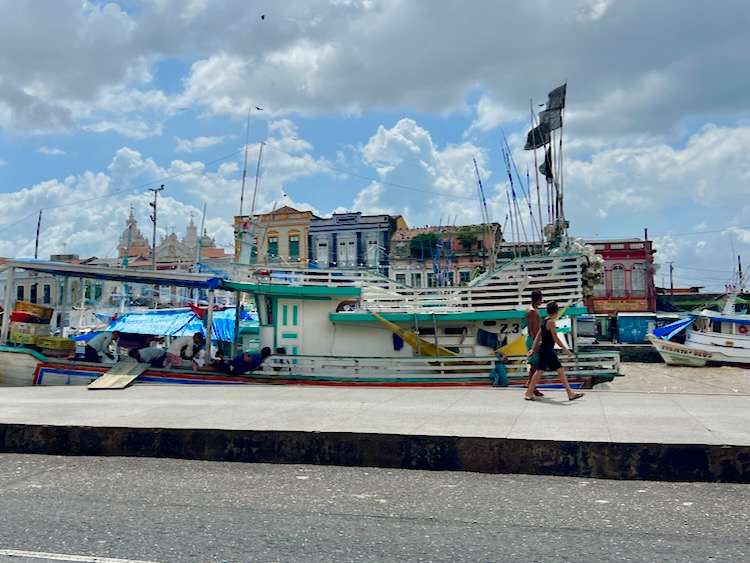
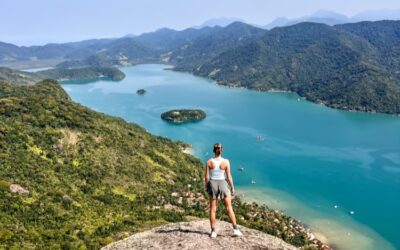
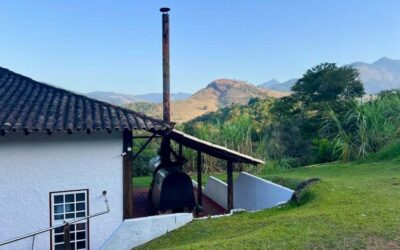
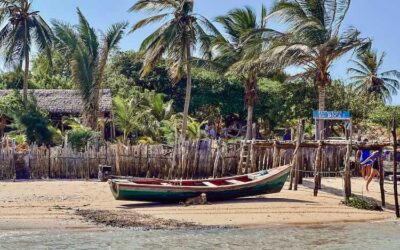
0 Comments